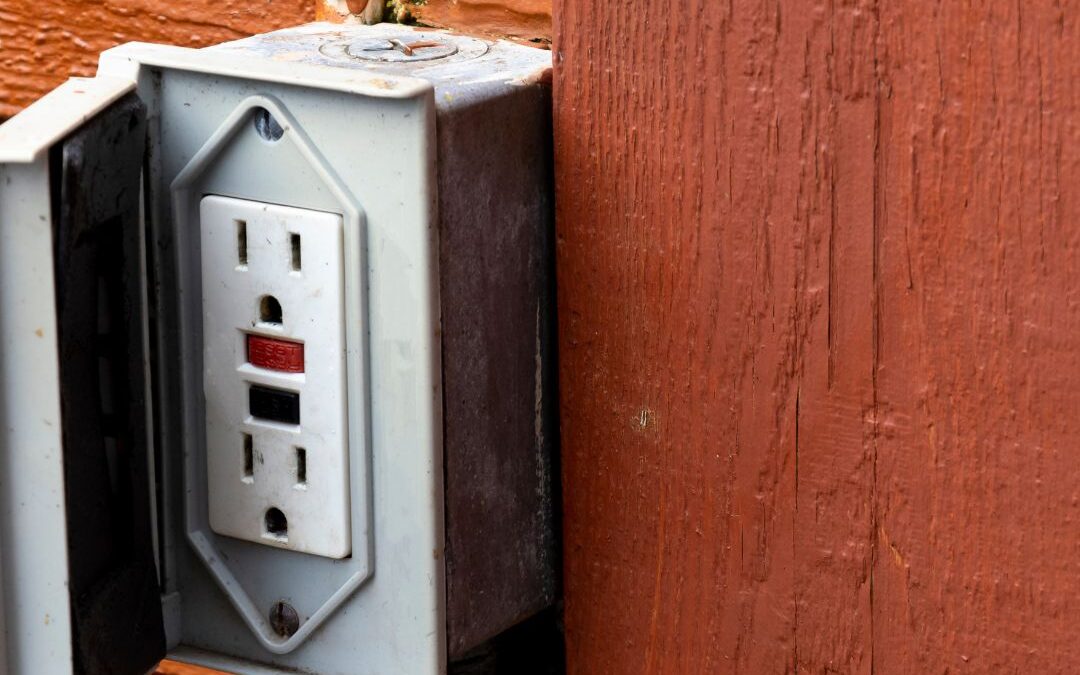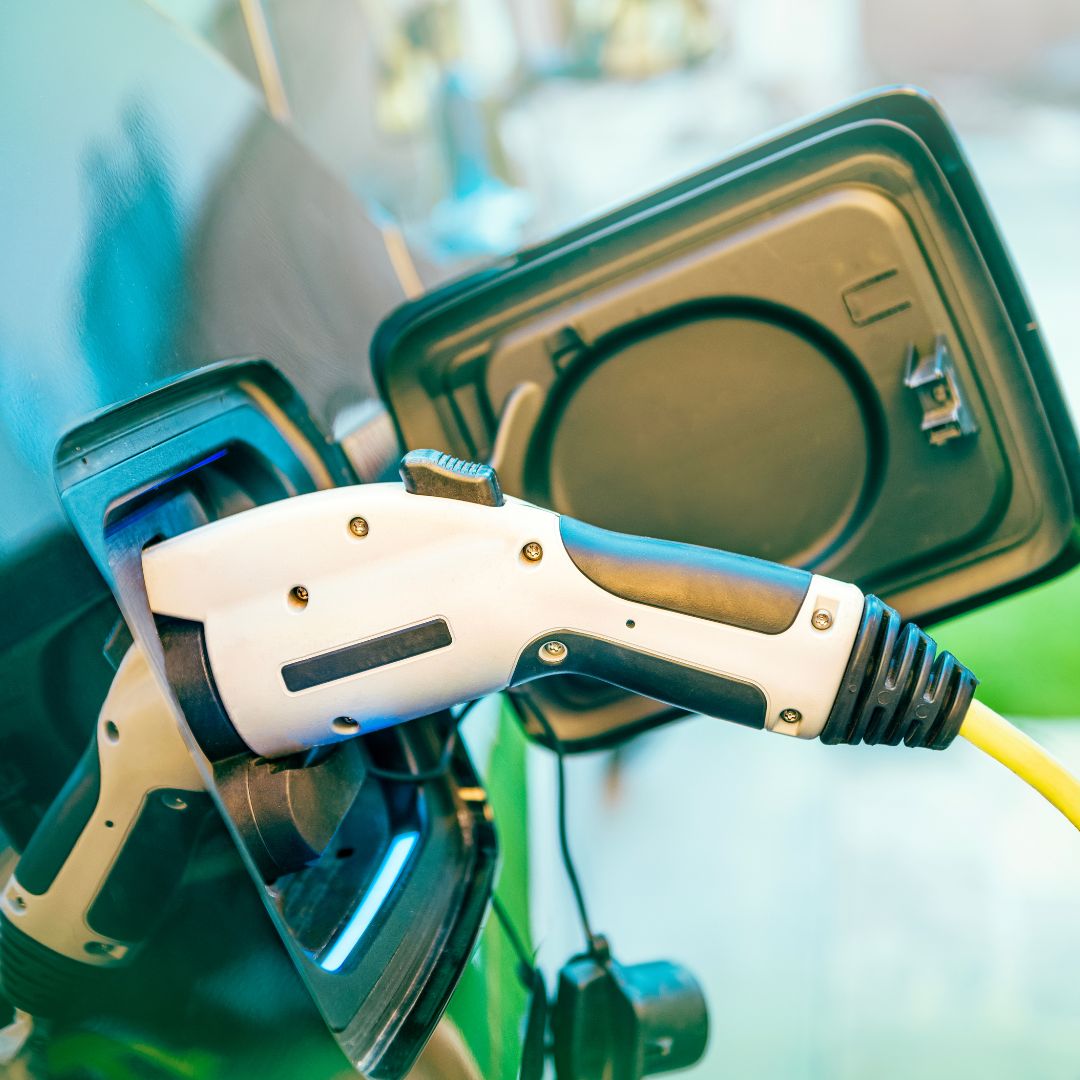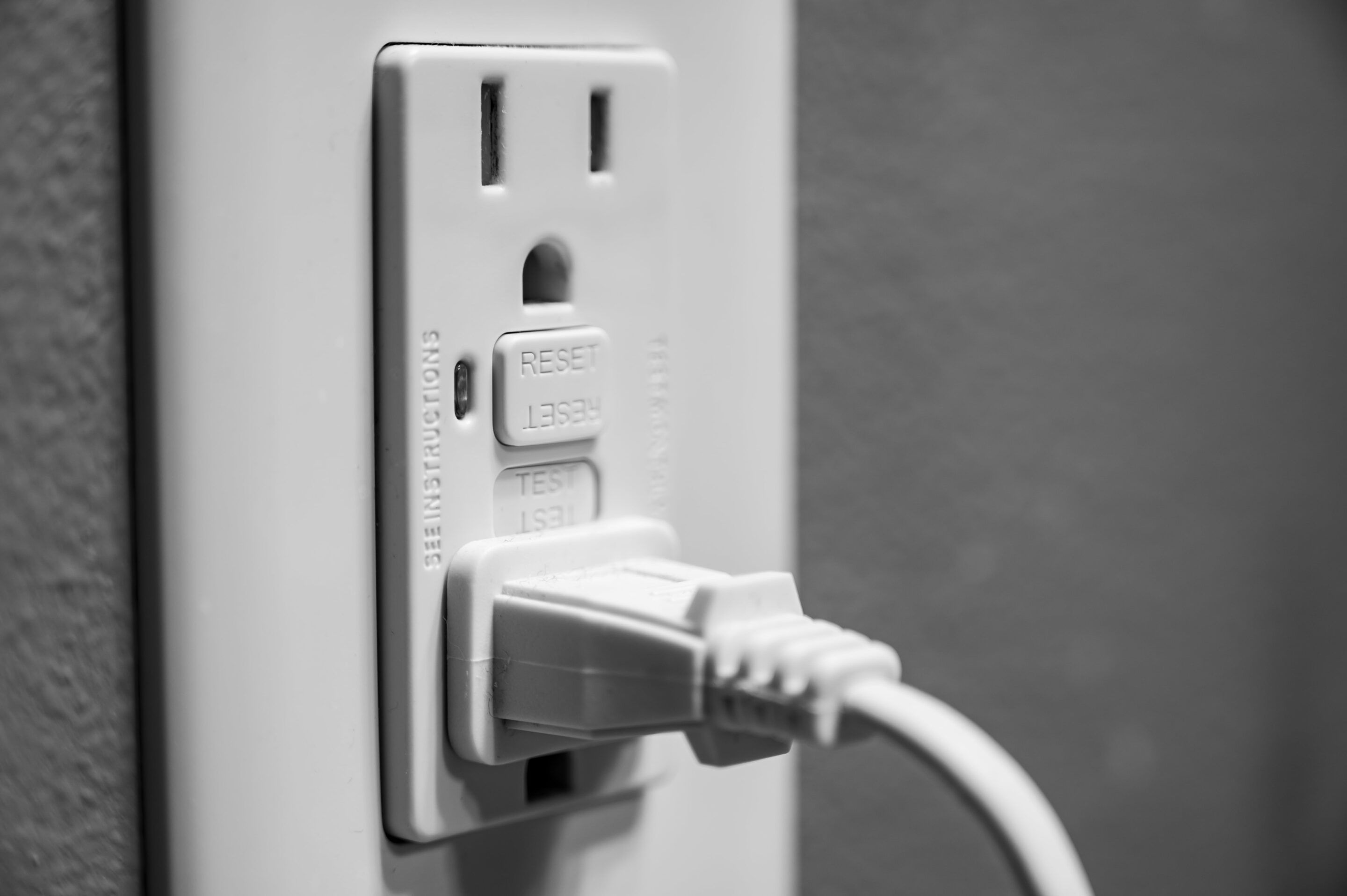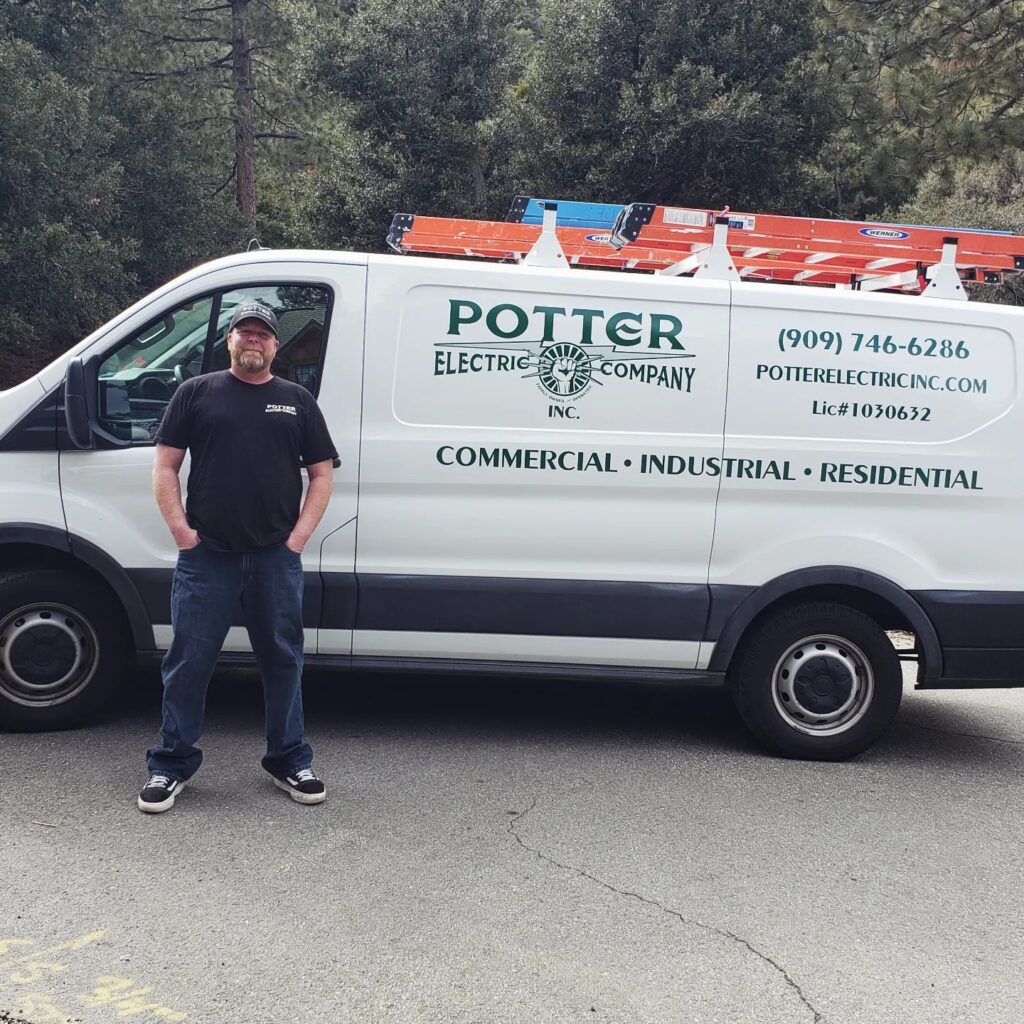Why Is My Outdoor Outlet Not Working?
Outdoor electrical outlets are convenient for powering garden tools, holiday lights, and other outdoor devices. It can be frustrating when the outdoor outlet isn’t working, especially when the breaker isn’t tripped. Knowing why your outdoor outlet isn’t working can help you fix the problem safely and easily.
Common Reasons Why Outdoor Outlets Aren’t Working
1. GFCI Outlet Has Tripped
One of the most common reasons your outdoor outlet might not be working is that the Ground Fault Circuit Interrupter (GFCI) has tripped. Outdoor outlets often connect to a GFCI outlet, which is designed to cut power if it detects a ground fault or short circuit. This is a safety feature to prevent electric shock, especially in wet conditions.
How to Fix It:
-
Locate the GFCI outlet, which may be indoors, such as in a garage or basement.
-
Press the “Reset” button on the outlet. If the button clicks and stays in, it will restore power to your outdoor outlet.
2. Loose or Damaged Wiring
Over time, outdoor outlets can be subject to wear and tear from exposure to the elements. Loose or damaged wiring is another common reason an outdoor outlet might not be working. If wiring connections are loose or corroded, the outlet may fail to deliver power.
How to Fix It:
-
Turn off the power at the breaker before inspecting the outlet. If you are not familiar with electrical work or feel uncertain, it is best to contact a licensed electrician. This will help prevent the possibility of electric shock.
-
Remove the outlet cover and carefully inspect the wiring. Look for loose connections, frayed wires, or signs of corrosion.
-
Tighten any loose connections, and if necessary, replace damaged wires.
3. Water Damage
Outdoor outlets are more susceptible to water damage, particularly in regions with heavy rain or snow. Moisture can infiltrate the outlet, leading to corrosion, short circuits, or tripping of the GFCI.
How to Fix It:
-
Ensure that the outlet is properly sealed with a weatherproof cover.
-
If the outlet shows signs of rust or corrosion, it’s best to replace it with a new weather-resistant outlet.
Why Is My Outdoor Outlet Not Working and the Breaker Isn’t Tripped?
1. Faulty Outlet
If your outdoor outlet isn’t working but the breaker hasn’t tripped, the outlet itself could be faulty. Outlets wear out over time, especially with frequent use or exposure to bad weather. They have a limited lifespan.
How to Fix It:
-
Turn off the power and replace the faulty outlet. Make sure the new outlet has a rating for outdoor use. If you don’t know how to fix the broken outlet, contact a licensed electrician to assess the problem and assist you.
2. Tripped GFCI on a Different Circuit
Sometimes, a GFCI outlet on a different circuit may trip, causing other outlets to lose power even if their breaker hasn’t tripped. Outdoor outlets connected to an indoor GFCI commonly exhibit this behavior.
How to Fix It:
-
Locate and reset all GFCI outlets on the property. This might restore power to the affected outdoor outlet.
3. Damaged Circuit
A broken circuit can make an outlet stop working without the breaker tripping. This occurs when the wiring between the breaker and the outlet is damaged. This could result from rodent damage, digging, or natural wear and tear.
How to Fix It:
-
This issue typically requires the expertise of a licensed electrician. Attempting to repair a damaged circuit on your own can be dangerous. A professional can safely inspect and repair the circuit, ensuring it meets all safety standards.
Tips for Preventing Outdoor Outlet Problems
1. Regular Inspections
Conduct regular inspections of your outdoor outlets to check for signs of wear, corrosion, or water damage. Catching these issues early can prevent bigger problems down the line.
2. Weatherproof Covers
Ensure that all outdoor outlets have weatherproof covers. These covers protect outlets from rain, snow, and debris, reducing the risk of water damage and corrosion.
3. Use GFCI Outlets
Install GFCI outlets for all outdoor circuits. They offer crucial protection against electric shocks by shutting off power when detecting a fault.
4. Hire a Professional
If you’re not comfortable handling electrical issues, it’s always best to hire a licensed electrician. They can ensure that they install your outlets correctly and diagnose any problems safely.
A broken outdoor outlet can be annoying, but you can usually find and fix the problem quickly with the right steps. Understand common outdoor power problems such as tripped GFCI outlets, loose wiring, or faulty outlets. This knowledge will help you safely restore power to your outdoor space. For complicated problems like broken circuits, it’s best to get help from a professional.
Keep outdoor outlets in good condition and check them regularly to make sure they work safely for all your outdoor power needs.







